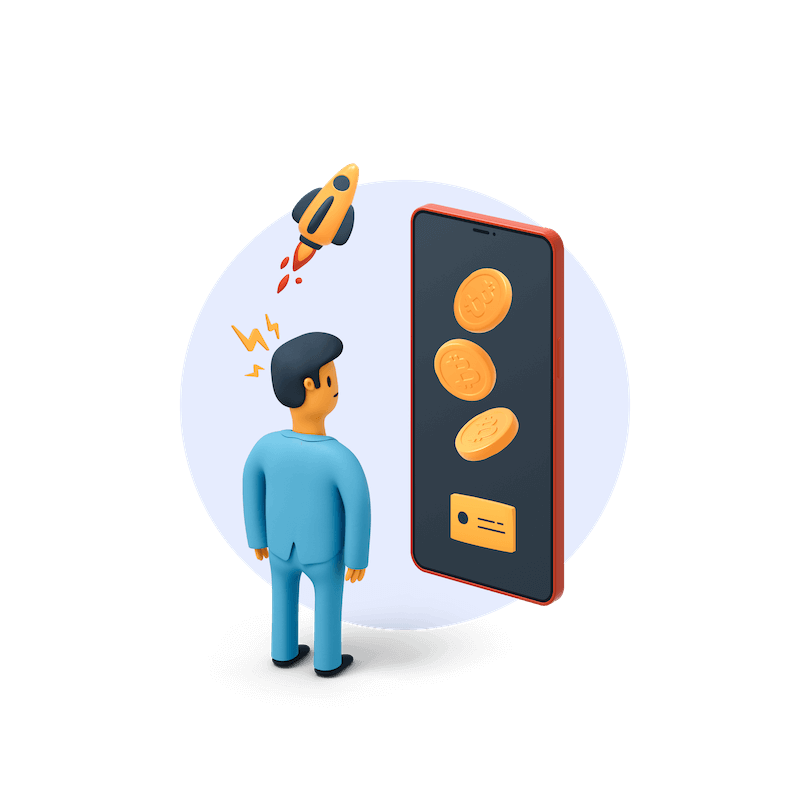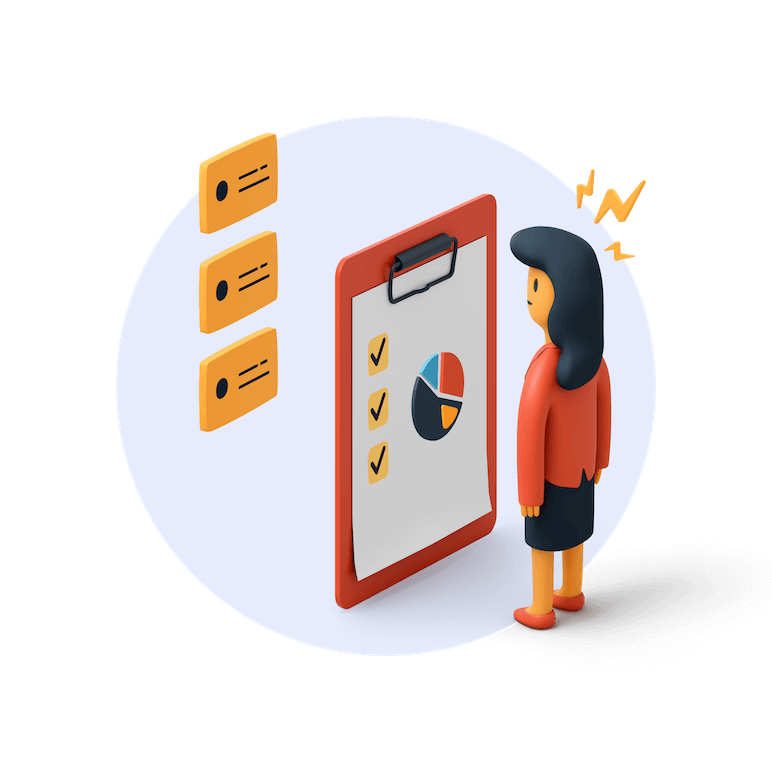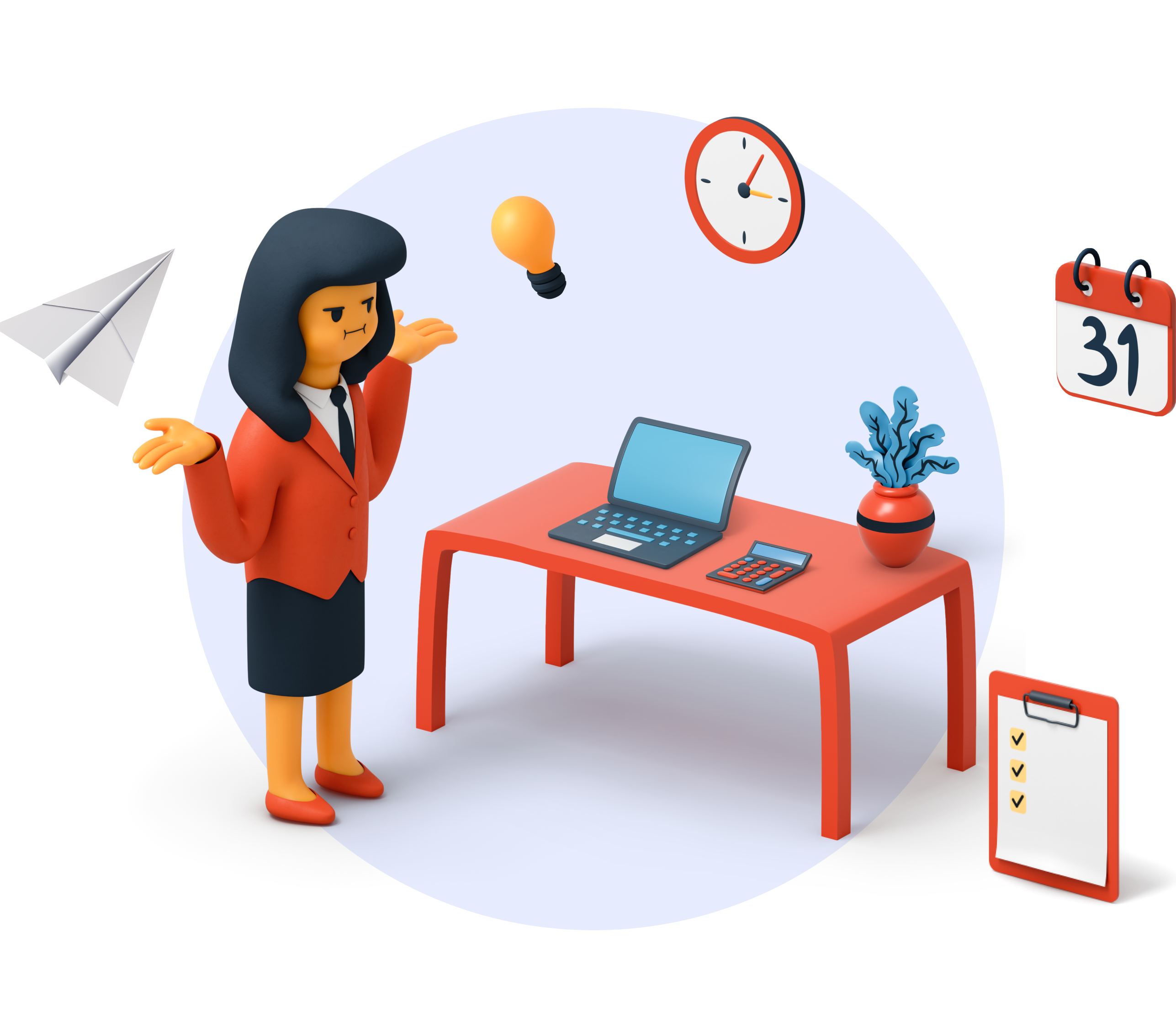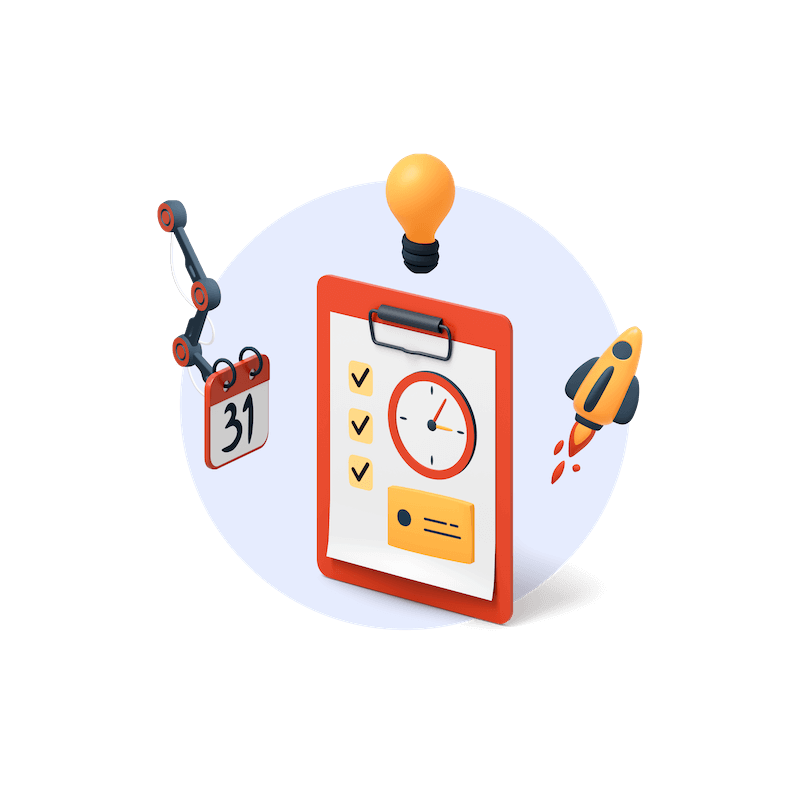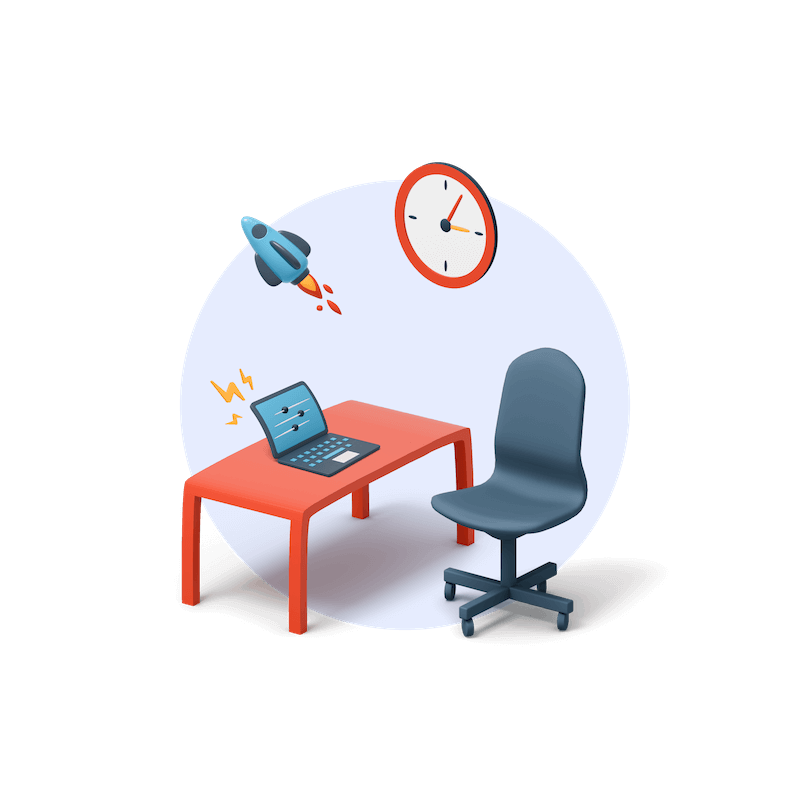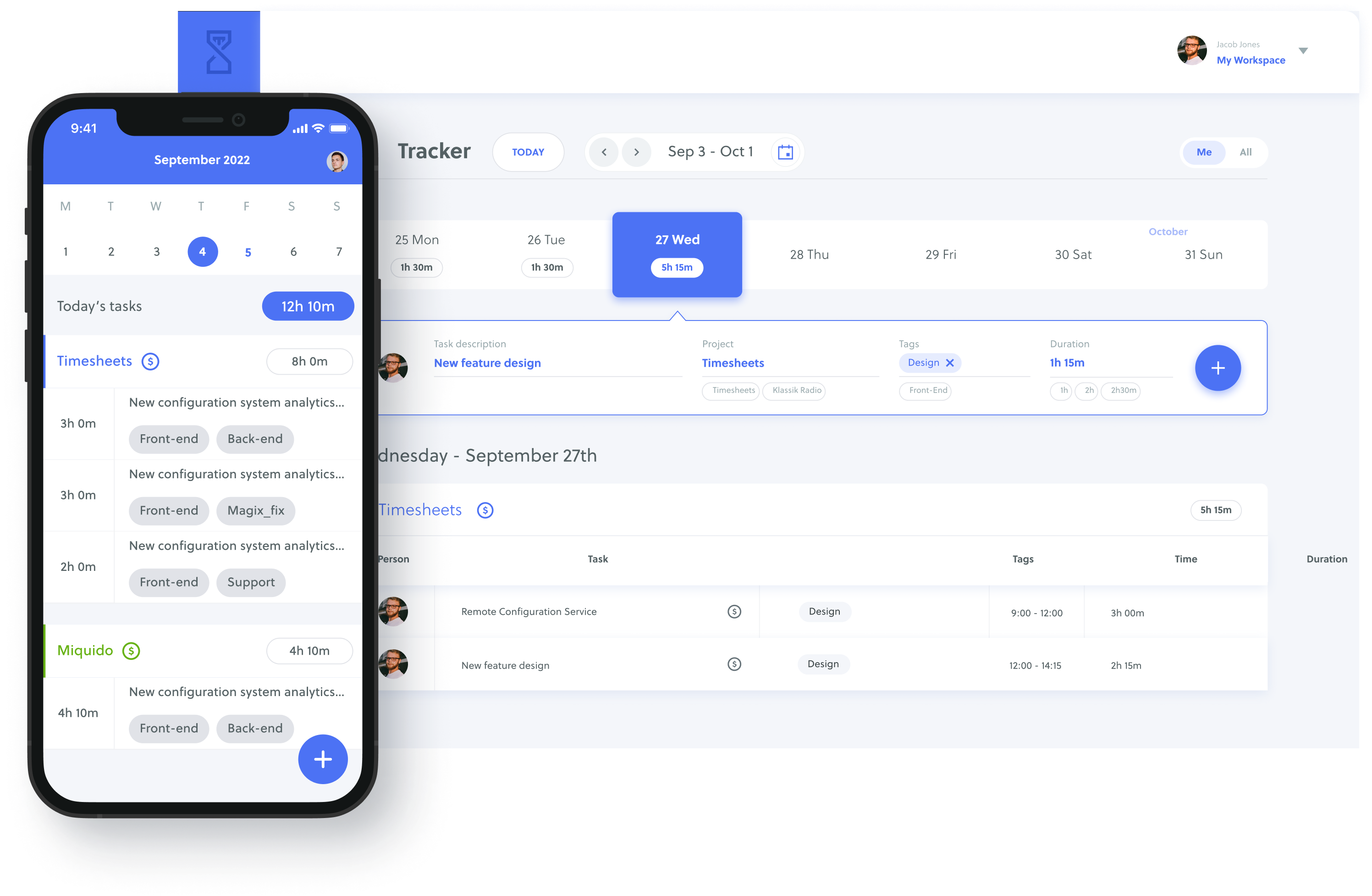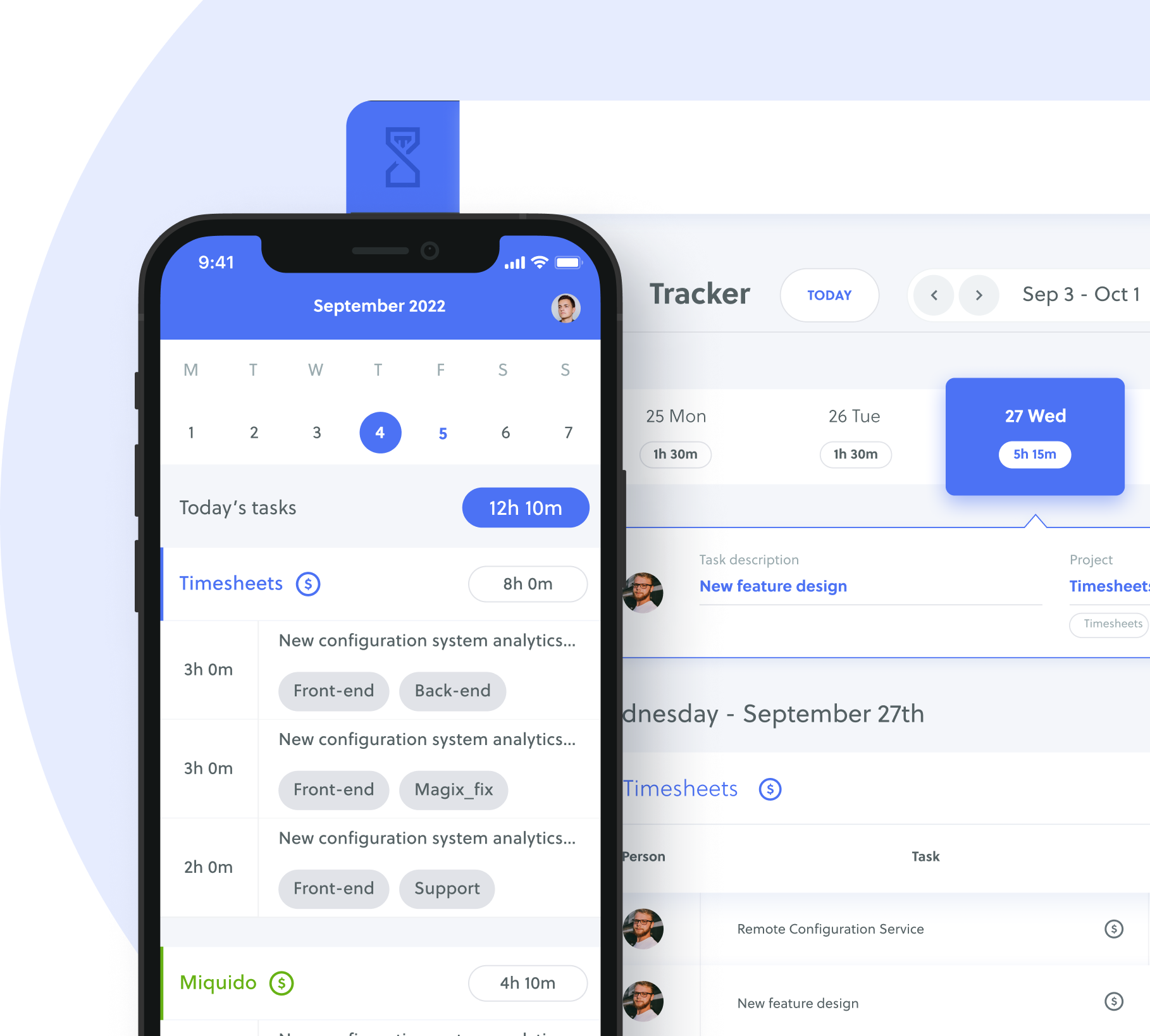Some of the decisions you make every day are simple, like which shirt to wear to work. Other choices can be more important and delicate, like whether to take up a new career opportunity. These are the sort of decisions that are usually delayed due to over analyzing information.
Overthinking lowers your performance as it reduces your working memory capacity. It kills your creativity and even makes you less happy. Struggling with decision-making can be a result of analysis paralysis.
The good news is that if you learn to recognize analysis paralysis, you can take steps toward fixing and avoiding it in the future.
From this article, you’ll learn what analysis paralysis is, how to recognize it, and the best ways to fix it when it happens. We’ll also discuss some examples of analysis paralysis in business.
Let’s dive in.
Table of Contents
What Is Analysis Paralysis?
Analysis Paralysis is the inability to decide as a result of over thinking a problem. Analysis paralysis is a state you can find yourself in when feeling overwhelmed and confused by a certain situation or decision.
This often happens when you have too many variables and try to research solutions endlessly rather than taking action. Having too many choices and data gets you stuck in all the available options and possibilities.
The root cause of analysis paralysis is anxiety. Some decisions are hard to make, obviously. So the thought that a wrong choice can come with consequences can be paralyzing. You want to make the right choice every time.
So, if you see yourself forever wrangling over the upsides and downsides of the possible options and decide on which one to choose or keep changing your mind, you may be in a state of analysis paralysis.
Now, let’s find the threats that analysis paralysis comes with.
How Can a Choice Threaten Productivity
Being paralyzed by choices can slow your decision-making time and threaten your productivity. This is because each decision you have to make, big or small, saps up some amount of your energy.
If you go over your daily limit, you become anxious and overwhelmed. This can lead to decision fatigue and poor decisions resulting in decreased productivity.
To avoid this, some of the most successful people, like Albert Einstein, and Steve Jobs, wore the same outfit every day. This way, they would save energy for deciding on much more important matters.
Thinking as a Way to Avoid Action
Thinking too much about making a decision and the possible options can be just as damaging as making a random choice. The more you debate your options, the more you avoid taking action.
Procrastination happens when you deliberately delay or put off your tasks until the last minute. Most of us do so, as the below results of the survey conducted by MicroBiz Mag show:
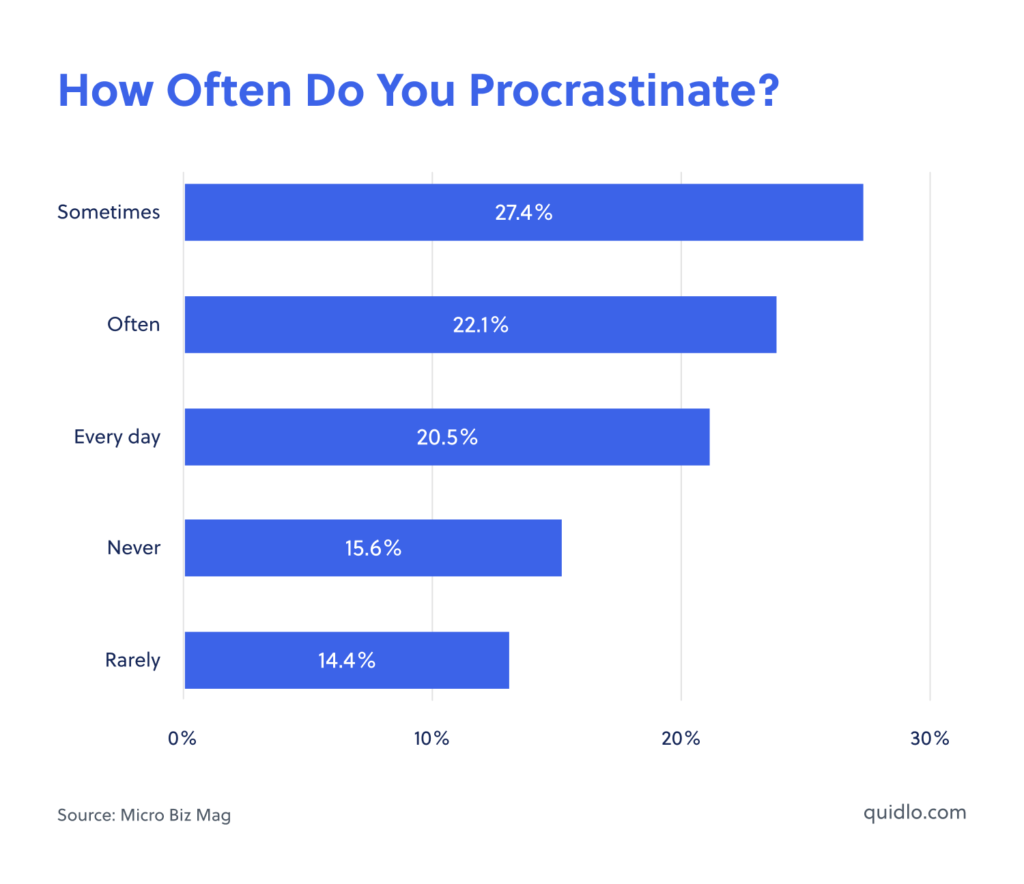
In decision-making, choosing to spend a lot of extra time thinking about your decisions is when you procrastinate.
Procrastination is higher when you deal with an increase in choices and challenging decisions. As a result, you may procrastinate for so long that you’ll have to face much worse consequences as if you’ve made a bad choice.
Besides lowering productivity, too much thinking also affects other aspects of your work. These include project delays, decreased willpower, reduced creativity, decreased working memory, and lowered self-confidence. It affects your well-being and sabotages your way to success.
Of course, some decisions require more analysis than others. However, don’t let overthinking be your excuse to delay making the decision. In many cases, the perfect solution you are trying to find doesn’t exist.
Examples of Analysis Paralysis in Business
Working in teams brings lots of different opinions into one place. Taking too much time to deliberate may take place as some of the team members might want to make a particular decision while others want something else.
In this case, to beat the analysis paralysis, a team can either decide through voting or having a single person make the decision.
The designated person can be presented with all the information and have a deciding say in the situation. In many cases, a leader or a manager can take this responsibility. This way, the department will not lose any more time or energy on choosing options than they have to.
Purchasing decisions are among the most vulnerable to analysis paralysis. Having too many options can be overwhelming. You’ll have to spend time deliberating about things that may not even matter.
That’s why it’s critical to narrow down your options. Set criteria and reject any options that don’t fit them. Don’t waste your time on any solution that you rejected in the first place.
The same goes in case you own a business that offers products to clients. It’s best to narrow down people’s choices and offer two or three similar products of the same kind rather than bombard your potential clients with tens or hundreds of items.
Here’s one more example of an effect of analysis paralysis in business. Imagine your team’s design software license is about to expire. So, it’s up to you to decide whether you’re sticking with the same one for another year or perhaps there are better/cheaper/quicker ones on the market.
If the choice is vast, it may be hard to decide which one to choose, especially when you have to commit for a year.
Once you’ve passed the deadline without making the decision, your team will be left without software. Or, you may end up overpaying if your old software is automatically renewed. You can see that the pressure can trigger even greater anxiety and lead to analysis paralysis.
How to Overcome Analysis Paralysis?
An effective way to beat analysis paralysis and start doing rather than procrastinating involves implementing some simple techniques during the decision-making process. Below, you’ll find a few effective strategies to start using today to end analysis paralysis and get more done with less stress.
Learn To Prioritize
One way to overcome analysis paralysis is learning to prioritize. Recognize the critical decisions in your work or personal life and focus on those before moving on to the less important ones.
That way, you’ll create better boundaries for your workday and increase your productivity and time management skills.
Consider the following questions while picking your important choices:
How important is the decision for you?
Will making this decision have an impact on other things, like your business or project?
Is it critical to make this decision at the moment?
What are the risks if you make a wrong choice?
Prioritizing can be trained, and once you get more practice, you’ll be able to master the skill in no time and enjoy its benefits.
You can follow the 1-3-5 Rule to practice your prioritizing skills. For each day, you choose one big task, three medium tasks, and five small tasks to complete.
Here’s an example of a 1-3-5 rule applied to one’s task list:
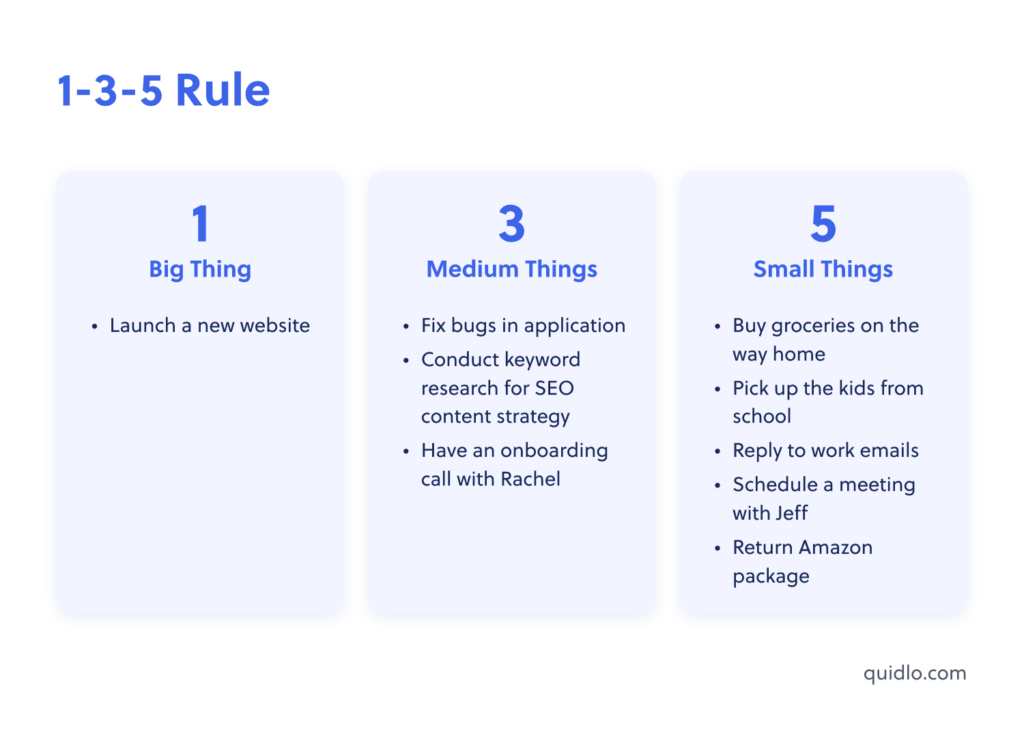
This simple but effective productivity method can help you prioritize better and get more done in less time. You’ll learn to avoid wasting time on low-priority decisions while getting the important ones out of your way.
Know Your Objectives
Knowing the goals behind making each choice is key to avoid making a wrong decision. To choose the right option, first, define your goals and then narrow down your options. Include only those few that best match your objectives. Then, do a comparison of their advantages and disadvantages. Finally, pick one.
Reflect on what’s the most important thing for you professionally and personally. Then, note those goals and values, and make sure you remind yourself of them when it comes to decision-making.
You can use one of Quidlo’s New Year’s resolution templates, as they work great for setting goals no matter what time of the year you set them.
So, next time you encounter a tough decision, you can avoid analysis paralysis by asking yourself which option aligns best with your prime goal or value.
Break Down Your Decision-Making Process
Instead of taking one big jump at once, break it into smaller, easier-to-make steps. Aim to make your decision-making process hassle-free. If you divert your focus from that one big decision to a few smaller choices that you tackle efficiently, you will beat the analysis paralysis.
To practice your decision-making skills, play around with making quick everyday choices that have minor consequences. Start with choosing a route for today’s walk or a restaurant for tomorrow’s meal. Your decisive actions can work toward gaining confidence in decision-making.
Structure Your Day for Making Decisions
Structuring your day for making decisions can help to avoid analysis paralysis. Following the Eat That Frog technique, you should decide which is the most important and difficult task and do it first the next day. This effective time management strategy was developed by Brian Tracy, a well-known self-development author and motivational public speaker.
The basic idea of Tracy’s method is that if you eat your frog first thing in the morning, nothing worse can come your way. This should take the pressure off and increase your effectiveness in decision-making.
If you practice working on one task at a time and avoid staying too long in your thoughts every day, you’ll soon beat decision paralysis and become a more efficient person.
Many decisions can be eliminated by turning them into habits that take little conscious thought to do. Building a strong routine for your daily tasks is a way to strengthen your willpower for more important decisions.
Limit The Amount of Information
With the ease of internet access, we get a limitless supply of information we can delve into on every topic. But, unfortunately, having too much information exposes you to too many choices. Next thing you know, you’re experiencing analysis paralysis.
To avoid such anxiety-producing situations, you should approach your research with a plan in place. Setting a time or volume limit when doing your research is a great way to narrow down the amount of data.
So, next time you need to make a decision, determine the number of resources you’ll use first. Or, use a time tracker app like Quidlo to put a timeframe for doing your research. This could be anything from an hour to a week.
Manage Your Perfectionism
Most people have to make numerous decisions each day. From the moment they get up in the morning till the end of their day. Unless you’re making a life, or career-changing decision, you should evaluate if you have to use your perfectionism on the decisions.
For many, “good enough” is the best decision. In those cases, it’s worth saving your time and mental energy for much bigger choices.
Although being a perfectionist can be argued as a great skill, managing it can help you avoid analysis paralysis. Perfectionists have a hard time labeling decisions as unimportant. They feel best if they are in control of everything. As every decision has side effects, you don’t want your perfectionism to affect your progress.
Decision fatigue can lead to feeling drained and poor decision-making. So if you’re a perfectionist, stop being so hard on yourself and learn to settle for “good enough” or designate some decisions for others.
Set Deadlines And Clear Expectations
Studies show that most people work better under pressure. A stressed mind can process information better. Setting a deadline can help you and your teams to get on with making the decisions and overcome analysis paralysis.
According to Parkinson’s Law, the work expands to fill the time available for its completion. So, if you give your team an hour to do a task, it will take an hour. If you give them half a day to complete the same task, it will take half a day.
The below graph perfectly illustrates the sense of the theory:
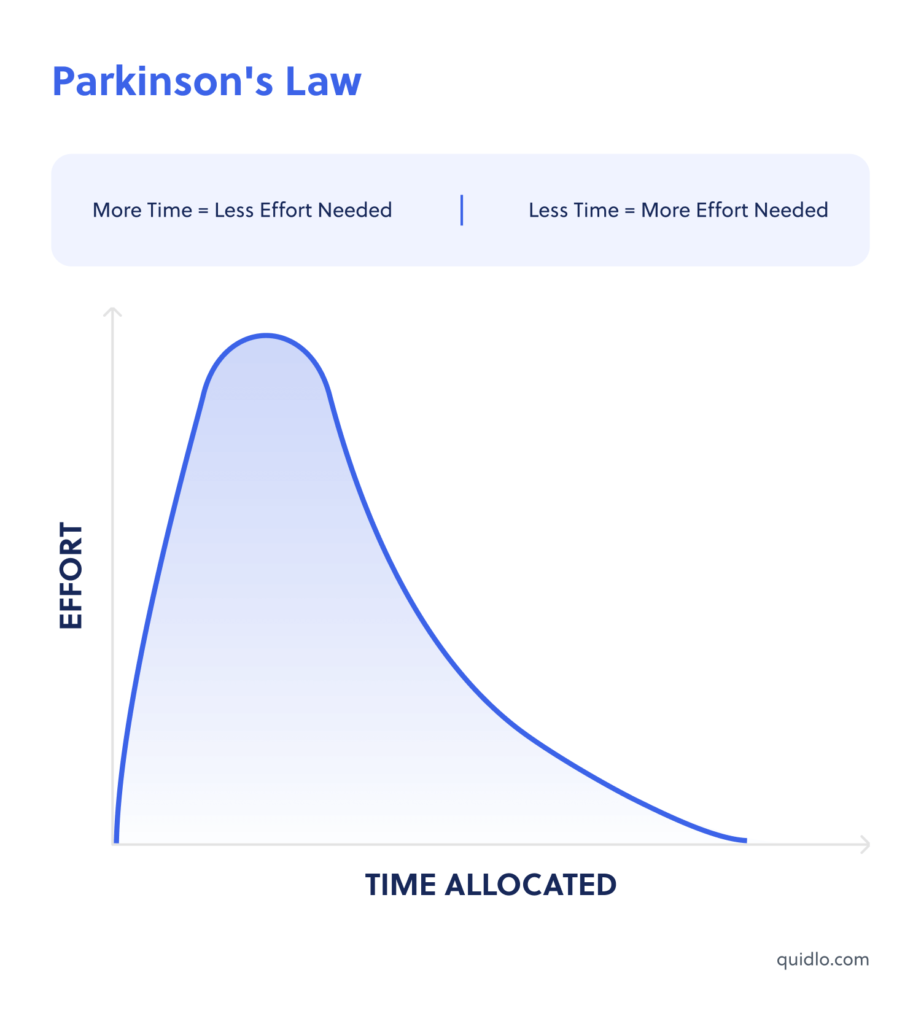
This rule holds for making decisions. Setting a deadline can force you or your team to make a decision more efficiently.
If you manage a team of people, schedule a meeting to set your expectations. Make it clear that the next step is you expect them to make a decision. Put high pressure on and set clear expectations. Without communicating clear expectations from the beginning, you risk seeing miscommunication and lower performance from your team.
Key Takeaways
If you have a hard time making decisions in any area of your life, this article has made it clearer for you why. It’s probably due to analysis paralysis. And by knowing what analysis paralysis is and how to recognize and avoid it, you can become a more productive person, leader, employee, or student.
Use simple strategies, such as prioritizing, structuring your day, and breaking down your decision-making process, to stay on top of every choice you have to make. Keep in mind your objectives, manage your perfectionism, and limit the amount of information to beat decision fatigue.
Make sure you set deadlines and clear expectations, especially if you manage a team, to make the decision-making processes easier for the whole department.
So, the next time you’re faced with an important decision, you’ll know how to resist analysis paralysis. With a practical plan in place, you’ll be on your way to success.

